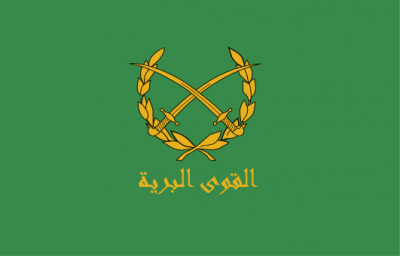Syrian Arab Army Officially in Full Control of Homs, Syria’s Third Largest Syrian City

Homs was the third largest city in Syria (both size and population) before March 2011, but as the country drifted into a violent conflict, this provincial capital became the battleground for some of the bloodiest battles plaguing the civilian population.
In 2013, satellite images were released of Homs, showing the once thriving Syrian city in complete rubble – the images depicted a city that resembled Dresden and Tokyo after the Allied bombing campaign in 1944 and 1945.
Following the Syrian Arab Army’s large counter-offensive in the spring of 2013, resulting in the capture of the Al-Qusayr border-crossing into Lebanon – Homs came back to life amid the rubble and destruction.
Suddenly, Homs became the model of reconstruction and reconciliation as thousands of displaced civilians left Lebanon, Tartous, Latakia, and Damascus to move back to the provincial.
When the Islamist rebels agreed to leave the Old City of Homs, the provincial capital became one district away from liberation and recovery; however, that one district proved to be a thorn in the Syrian Arab Army’s side.
The Al-Wa’er District of Homs has long been a rebel stronghold; it was one of the first sites captured by the newly formed Free Syrian Army (FSA) in 2011.
The Islamist rebels inside the Al-Wa’er District have survived several air raids, mortar shells, rockets, and et al.; and yet, they remained unwilling to surrender to the Syrian Security Forces.
This changed on December 1, 2015, when the Free Syrian Army’s central command met with the Governor of Homs – Talal Al-Barazi – to discuss a possible ceasefire and evacuation for the remaining rebels inside of Al-Wa’er.
It took only a few hours for the Free Syrian Army’s Central Command to agree to a permanent ceasefire and evacuation of their remaining fighters – all that was left to do is develop a contingency for the withdrawal.
The planned evacuation will take place in two phases: 1st phase is to allow humanitarian aid to any remaining civilians living inside the district; 2nd phase is the transportation of the 600 rebel fighters from Al-Wa’er to the Idlib Governorate.
The whole plan is supposed to last as long as two months, with the end goal being the Syrian Government in full control of Homs City.
For the people of Homs; this final ceasefire means the end of hostilities and the beginning of the long mending process.

